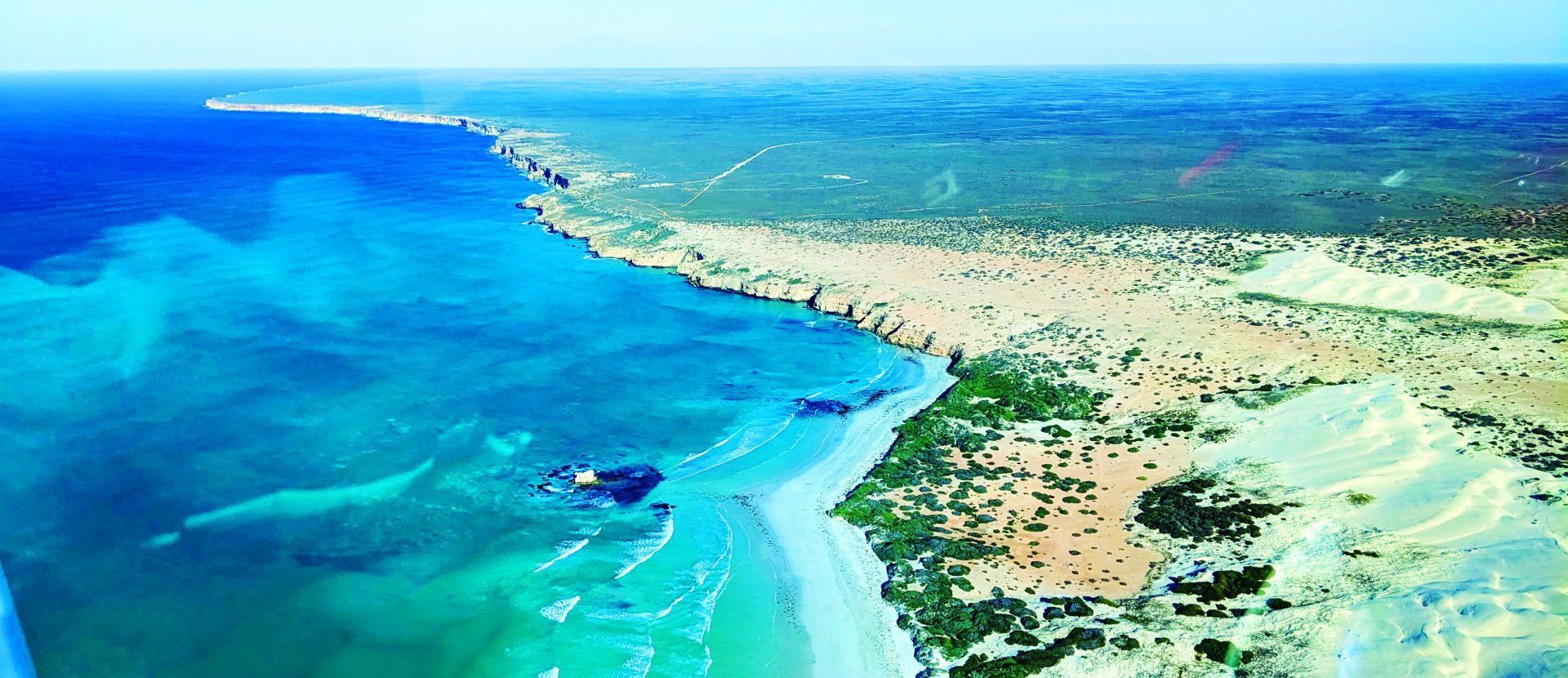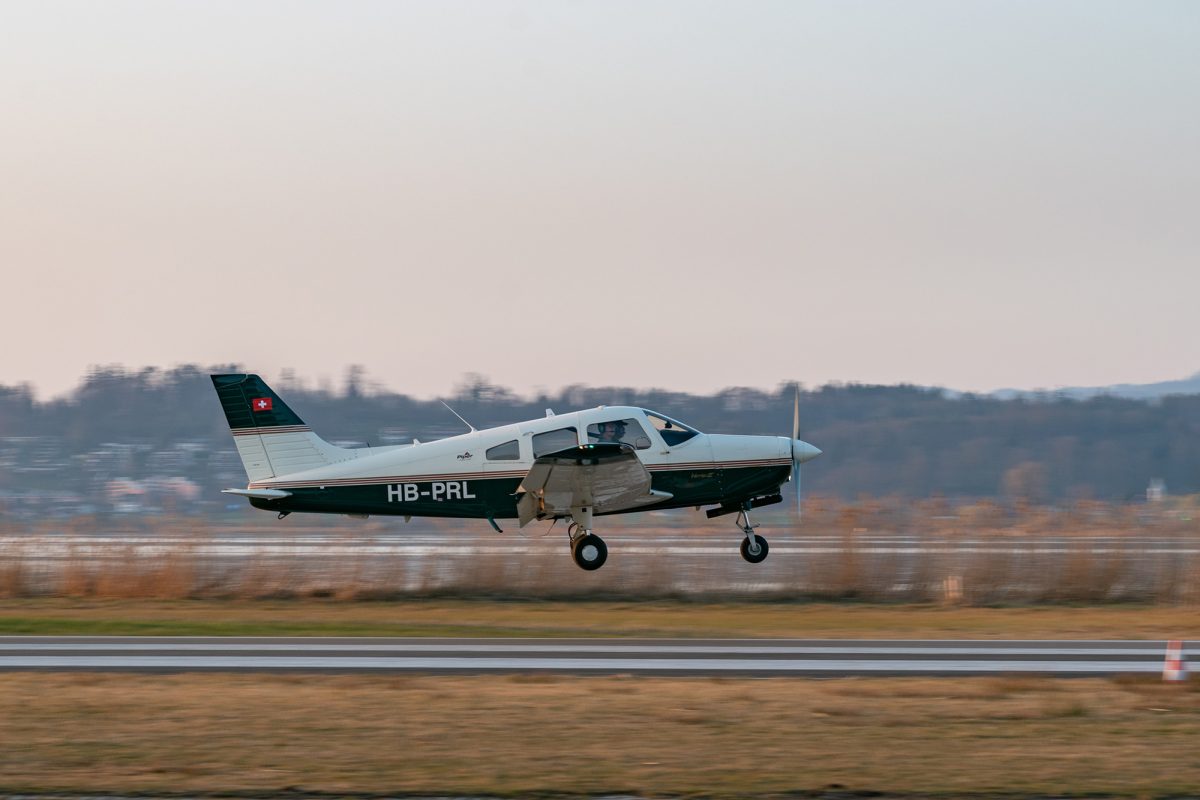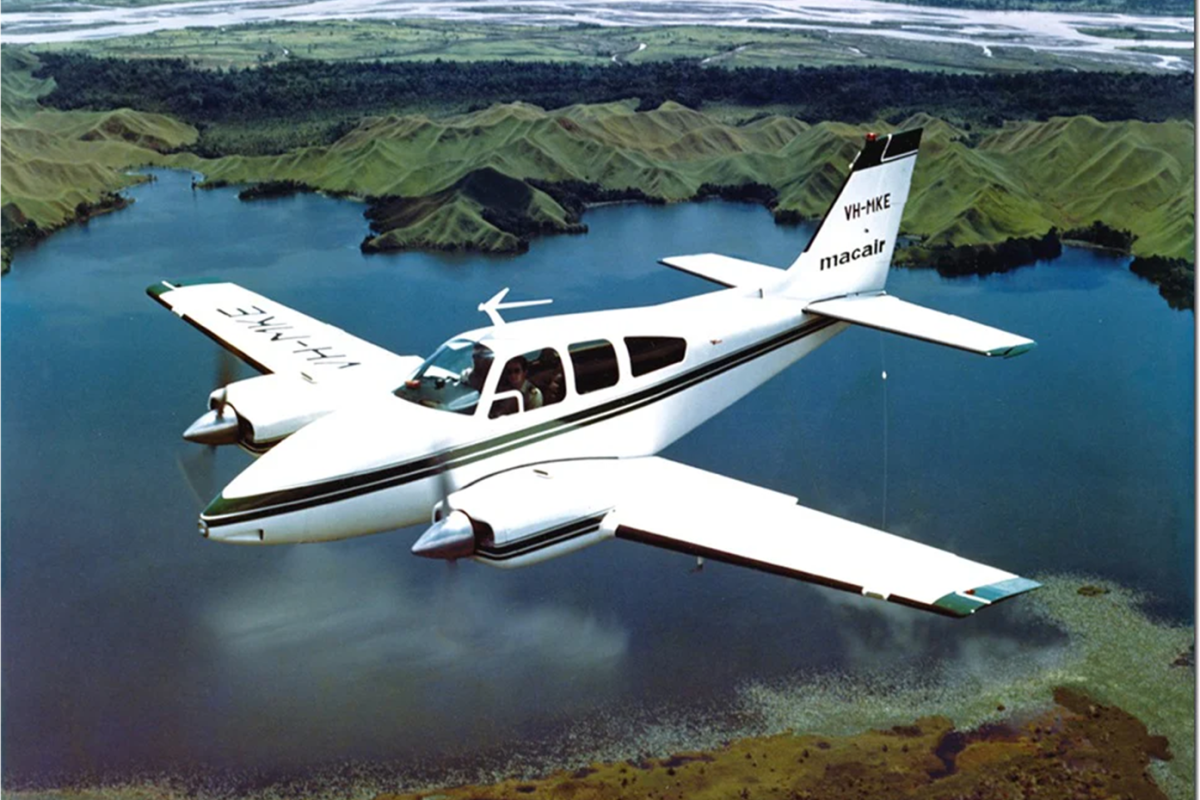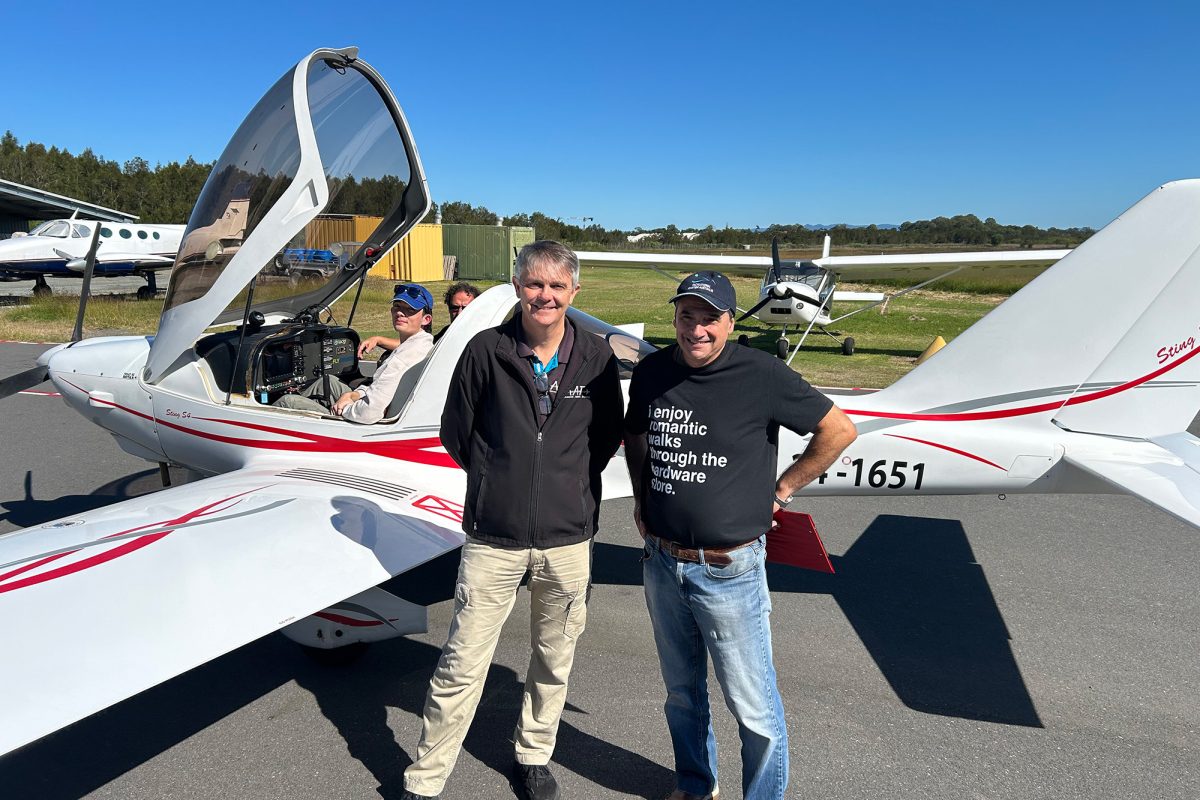BARRY HENDY’S JOURNEY WEST TO FLY THROUGH AN ECLIPSE
I am not sure when I heard about the total solar eclipse that was to clip the Australian mainland on the Exmouth Peninsula. Soon though, the idea of flying through the centre, as high as possible, and seeing the shadow running across the ground, got into my head and became a quest I had to pursue. There was a problem though; Exmouth is as far as you can travel on the Australian mainland from my hangar at Benalla.
All the planning, preparation and flying paid off though on April 20 at 11:28am. The sun went dark, the stars came out, the corona of the sun sparkled and the ground beneath me went into the shadow, while I could see sunlight on the other end of the peninsula, reaching out onto the mainland.
THE PHOENIX MOTORGLIDER
Gliding has always been my preferred form of flying. While I have my RAAus certificate, my passion is turning the engine off and facing the challenge of finding lift and staying up. It adds a whole new dimension to flying. Traditional gliding, however, has its challenges in terms of logistics and infrastructure needed to fly, plus the always present risk of outlanding and needing to retrieve by trailer.
Touring motorgliders are my idea of the ‘perfect aircraft’. They are a unique subset of the gliding world and a bridge between gliding and powered planes. They look like a traditional 2-seat powered plane but with long wings, making them capable of gliding while being able to self launch and travel long distances.
My aircraft is the only Phoenix motorglider in Australia. There are about 60 flying around the world and are originally made in the Czech Republic. Here and in the US they are operated as LSA certified aircraft, whilst in Europe they are operated under ultralight regulations. There is a very interesting electric version now available, but mine is powered by a 100hp Rotax 912 ULS. With 100L of fuel in wings, 2 comfortable side-by-side seats, 50kg of baggage allowance behind the seats and a cruise speed of around 110kts TAS at 16L/h, it is more than capable as a long-distance cruiser. Slow down a bit and the fuel burn quickly drops to around 12L/h. Turn the engine off and feather the prop, you’ll have a 15m wingspan glider with flaperons, a glide ratio of 30:1 and a (claimed) minimum sink rate of around 160 ft/min.
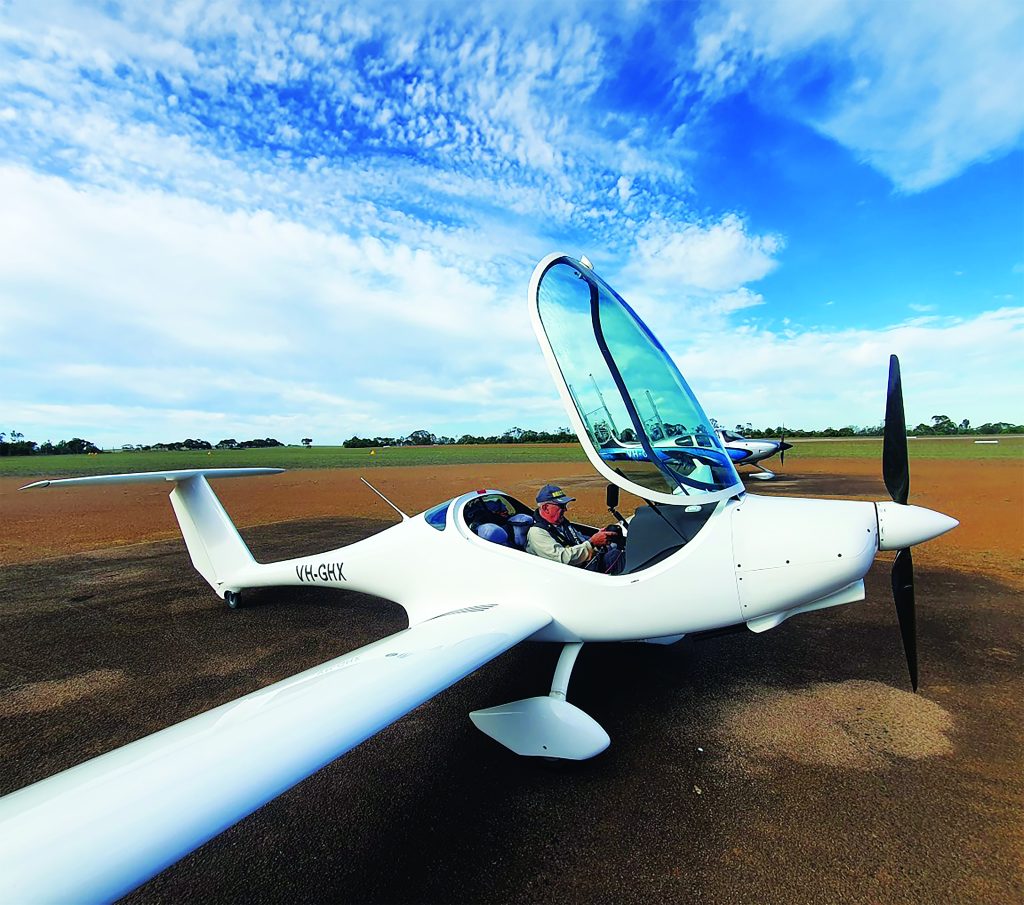
The Phoenix is all carbon fibre and tips the scales at only 349kg, despite the glass panel (Dynon and a LX9000 gliding computer), autopilot, 2-battery power system and ballistic parachute. For eclipse chasing, or just normal flying, the bubble canopy gives a fantastic view.
I fly the Phoenix under Gliding Federation (GFA) jurisdiction as a self-launching glider with my Glider Pilot Certificate. As I frequently turn the engine off in order to glide, GFA is the only option despite a lot of my operations looking more like RAAus than GFA.
THE TRIP
This was my first serious cross-country trip, and starting with such a big expedition was pretty daunting. If you break it down day-by-day, leg-by-leg, it all becomes manageable; the old one mouthful at a time routine. I booked a hotel room in Carnarvon well in advance and planned to make that my base, having a rest day there before flying north for the eclipse.
I started watching the weather as the long-range forecasts came into range and noticed a nasty system developing up north. This system progressively developed into Cyclone Ilsa, with the remnants meeting up with a big cold front and coming across from the west, just as I was planning to head across the Nullarbor. Fortunately, I had the flexibility to head off 2 days earlier and fly to Wudinna on the Eyre Peninsula where I could put the covers on, tie down and head to the pub for 3 nights and wait for the weather to pass.
Once Ilsa passed, the weather was perfect for the rest of the trip and I was ready to cross the Nullarbor. A quick top up at Ceduna then along the coast and cliffs, turning inland to Forrest. The Rotax purred along, and the autopilot held a perfect track towards the amazing outpost of Forrest. The 2 bitumen strips slowly appeared on the horizon, sitting right next to the train line, for a welcome rest and top-up. Forrest is the definition of the middle of nowhere. From Forrest I simply followed the train line due west and into Kalgoorlie, over the Big Pit and joined the circuit with plenty of runway and a welcoming parking area. With 745nm and 7.5hrs in the air but only 104L burnt the sense of achievement was huge, but I was also feeling pretty isolated if anything went wrong. The only problem with Kalgoorlie is the exorbitant, FIFO-worker oriented cost of a hotel for the night!
The next day was a short one, about 300nm up to Meekatharra with the only sign of civilisation being the mines. Most had a strip next to them, so options were plentiful. The glide ratio of the Phoenix means you nearly always have a strip in reach, highlighted on the LX9000 glide computer with a comforting glide-range map.
Next stop was Carnarvon on the WA coast, my base for 3 days. The town was quite busy with all the eclipse chasers pouring in, but the airport wasn’t too busy, and it looked as though there weren’t many people planning to be in the air for the big event.
THE ECLIPSE



The weather on eclipse day was perfect. The wind was even forecast to drop in the middle of the day just for my planned return. The stars were lining up for a great day. My plan was to climb up to 14,000ft to have the best chance of seeing the shadow below. Being a GFA operation I am allowed above 10,000ft, so I brought along a Mountain High on-demand pulse oxygen system.
I headed up the coast to a holding point at 9,000ft, then with an hour to go I slowly climbed up to 14,000ft and positioned myself just off Ningaloo reef. This is where the centreline of totality came in over the ocean from the south-west and headed out towards the north-east over the Exmouth Peninsula. There were about 20,000 people on the ground, but I was up here, all alone.
As the sun slowly fades our eyes adjust, so it’s a bit like the frog-in-boiling-water scenario. The radiant heat of the sun fades and with the solar viewing goggles you can see the sun slowly get covered. With a few minutes to go it was clearly darker out to the southwest, but I couldn’t see the shadow. Then totality started and I only had 62 seconds to take it all in. The corona sparkled with a number of flares clearly visible around the moon, and Venus was visible sitting very close to the sun. I think the people on the ground saw more stars since it was not totally dark for me. I could clearly see the sun shining all around me, with the circle of totality only about 40km across.
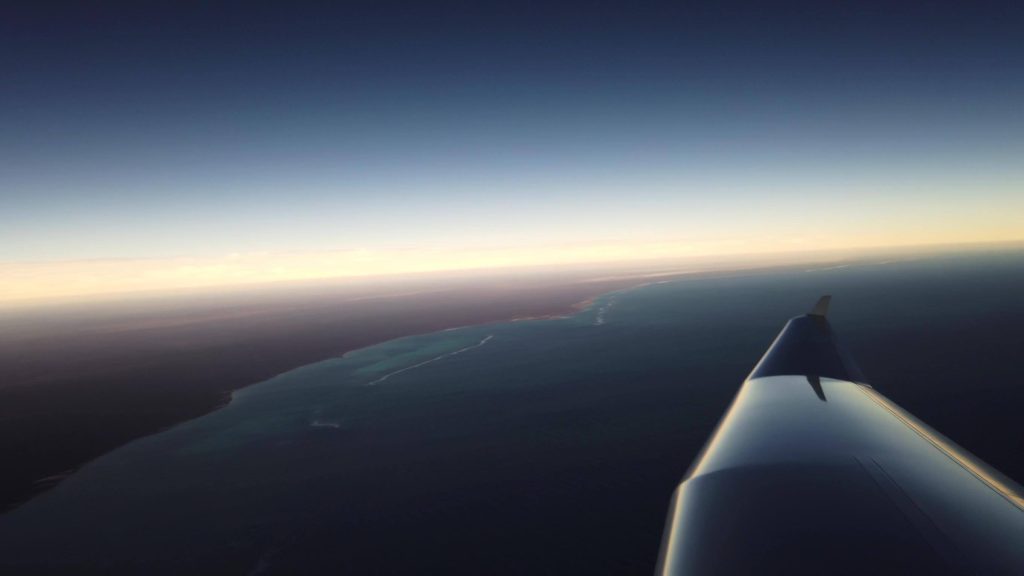
My mission, however, was to see the shadow, so I was looking down as much as up. While I couldn’t see it coming, as the shadow passed over the peninsula,
I could clearly see the huge dark spot. At first the far end of the peninsula was still in light, as well as where it joins the mainland. When the sun returned for me, the shadow was now covering most of the peninsula, as the sand dunes below me lit up. It took nearly 4 minutes for the shadow, travelling at about 1,000 mph (16 miles per minute), to travel up the peninsula. An absolutely stunning sight and well worth the trip.
I had a 360-degree camera running right through the eclipse, as well as a handheld stabilised camera. I have posted a few videos, with my personal favourite being the time-lapse I posted on my new YouTube channel @flightsofthephoenix.
Just like that, after about 2,000nm and 19.5hrs flying to get there, the show was over and it was time to start thinking about how to get home! First to Carnarvon for the night then along (some of) the coast home. I was only halfway to a successful and safe trip. More people die coming down from Everest than climbing up!
THE SAFE RETURN
Time pressures were now off, but the next big weather system was brewing in the southern Indian Ocean. I would have liked to take my time and follow the coast, but I really wanted to stay ahead of the next front, so the plan became overnights in Bindoon at the Superlight Aircraft Club, Esperance, Nullarbor Roadhouse, and Renmark.
Bindoon Hill is under the RAAF Base Pearce training area and closed during the week until 5pm, but a phone call to the base suggested I should get clearance, so I tracked down the east side of their airspace, made the call to Pearce Centre and got clearance into Bindoon Hill (Once again, being a GFA operation, the rules are a bit different and I have a controlled airspace endorsement). As always, the controllers were very helpful as I muddled the read back, but they had me identified (ADS-B out) and I
was able to thread between the grumpy neighbors and the always-closed special forces restricted area and into the great little strip at Bindoon Hill for dinner with some of their members.
The next day I refueled at Northam and for the first time, I got a dollop of water in my tester. I have always rolled my eyes as I took the sample thinking this is a professional fuel supply and wouldn’t have water in it, so I was quite shocked when I found about half the tester was water. At least I now know what water in the fuel looks like!
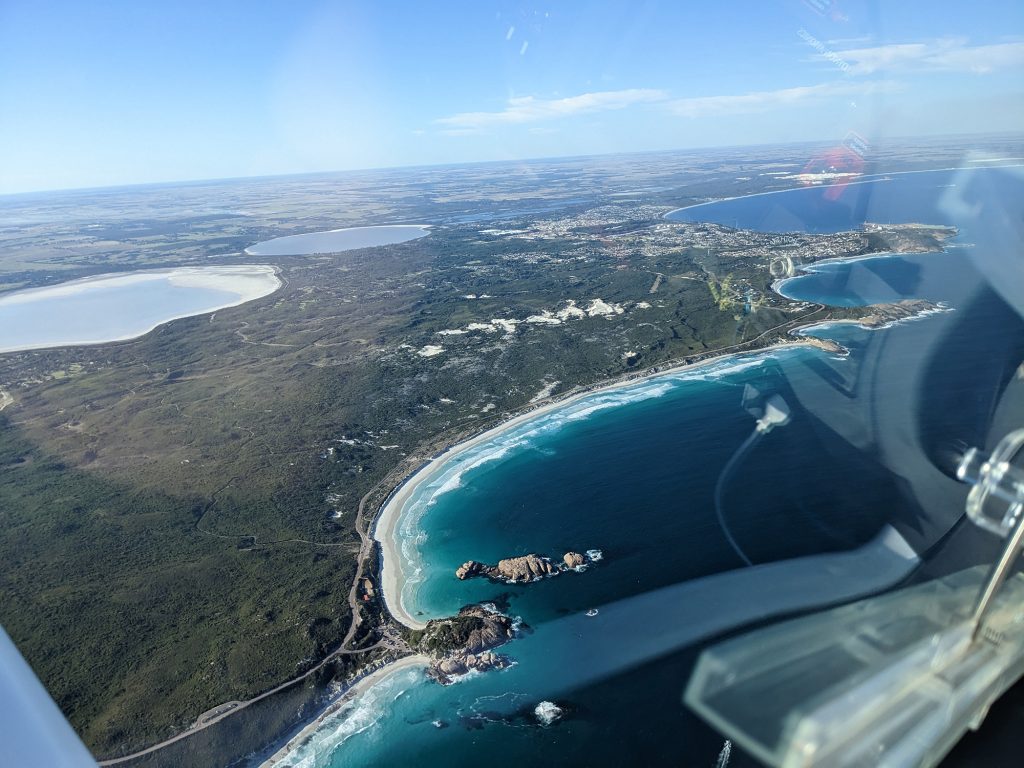
From there I headed south for my next stop in Esperance. The weather was still perfect and my plan was looking great until I pulled up at the fuel bowser in Esperance to see a sign saying ‘Out of Service’. Guess who forgot to check the latest NOTAMs! A quick look on OzRunways reminded me just how far I was from any other airfields with fuel.
I was very lucky to meet yet another helpful local who had a few jerry cans in his shed and offered to drive me out to the airfield the next morning and fill her up. We gave the cans a rinse before using them, and left a little in the bottom of each. It all worked out in the end. I was a little nervous after the water in the fuel and then the fisherman’s jerry-can-fuel, but I headed out along the coast over some pretty isolated beaches, listening intently to the Rotax. After so many hours of cruising, the mind can start to play tricks on you, but that is where the benefits of a Motorglider with a 30:1 glide ratio comes in. My reach is probably twice as far as most powered planes, so I was able to keep within touch of either a country strip, a salt lake or mud flat pretty much all the way. My glider pilot training means I always have my instructor in my ear asking ‘what are your options?’.
The beautiful white sand dunes turned into cliffs, and then at about Cocklebiddy I headed inland to my new friends at Forrest for another top up (and some carrot cake!) before heading back across the Nullarbor to the Roadhouse for the night. It is very cool to land on the strip out the back then taxi up to the tie-down points, park in front of the Grey Nomads in their campers and caravans, and wander in to your hotel room for the night.
I was now comfortably ahead of the next weather system, so I was able to slow down a bit for the last 2 days. A fuel and lunch stop in Wudinna set me up for a comfortable afternoon flight to Renmark for the night. My only issue in Renmark was the 2 big helicopters parked right next to the visitor tie-down points. Even tied-down, I didn’t like the idea of their downwash lifting my Phoenix, so I parked around the back and trusted the forecast of no-wind.
Nearly there, a last stop in Swan Hill before my inbound calls to Benalla. Wouldn’t you guess it; after flying into 14 new airfields, the only one I messed up with the wrong CTAF frequency was my home base.
Safely on the ground in front of my hangar, it was a long sit after shut-down taking in what I had just achieved. My little Phoenix had performed beautifully. My planning had paid off. I had largely done a pretty good job with all the navigating and communicating, and the weather gods had been especially friendly to me.
As always, I learnt a lot and most of my gear worked well. The new caddy I bought was fantastic on the seat beside me, keeping all of the bits and pieces together. My new Zoleo tracker had done a pretty good job keeping the home-base ‘responsible SAR watch team’ up to date. However, it did drop out for about an hour on the first Nullarbor crossing, which was quite stressful for the home team, and counter to the objective of them knowing you’re safe. I had the unit hanging from the dash but Zoleo say you should have it with the top facing up. It worked fine once I positioned it on the headrest next to me. The autopilot was a savior – I don’t think I could have done it on my own without it. It is definitely safer when you are free to look out and monitor everything without a constant watch on heading and speed, especially when cruising fast in a very slippery aeroplane, and when there are no features on the horizon to keep a heading against.
The next total eclipse in Australia is July 2028 which is a big one (around minutes) and crosses over NT, SW Queensland and directly over Sydney. It will certainly be on my plan sheet to do it all again, just a little closer to home.
